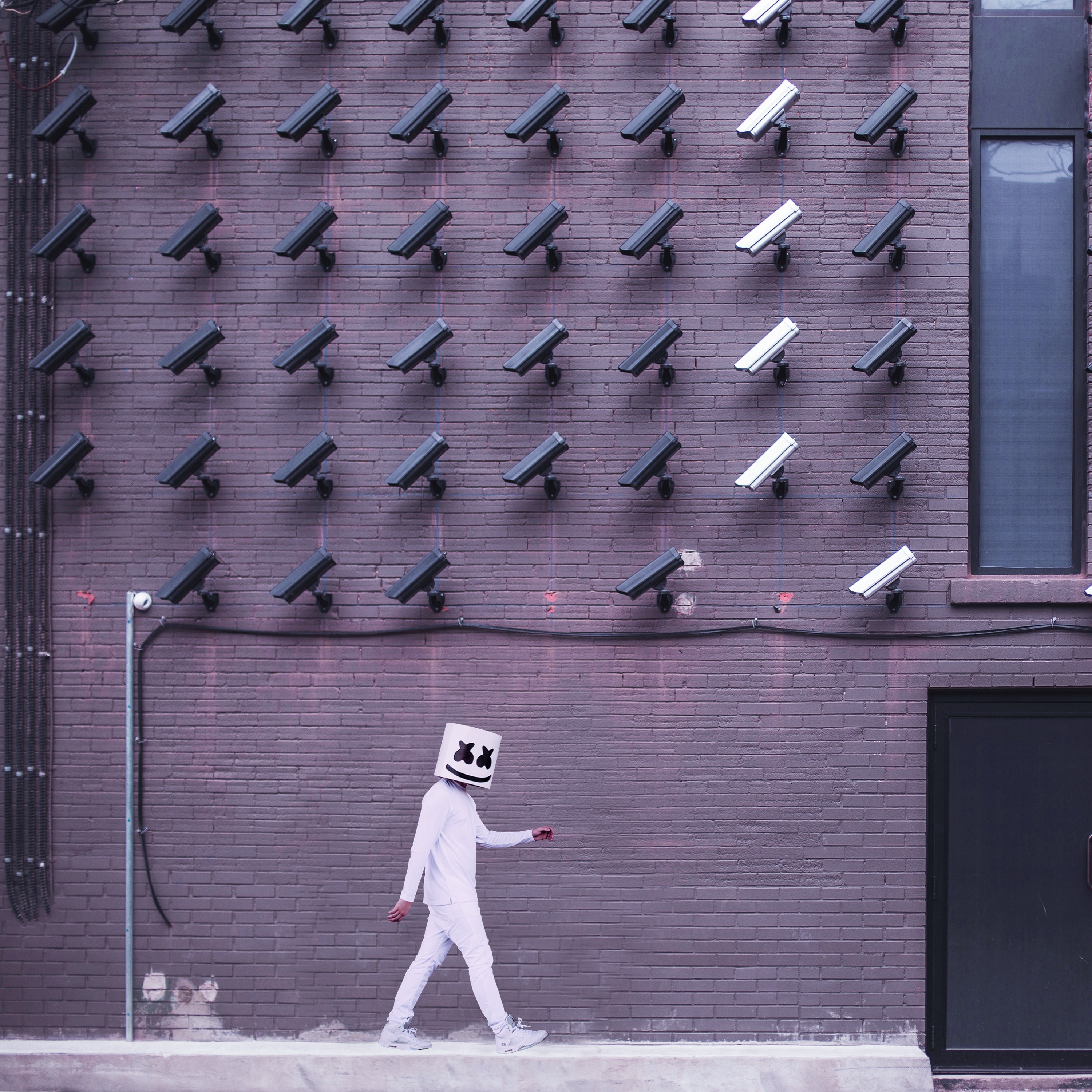Retail, restaurant and hotel industry will morph. Start-ups move faster and understand the digital innovation. As a result, mobile first thinkers will continuously enter the traditional restaurant market.
Expanding digital services.
Trip Advisor has leaped beyond being a review site by including meal delivery services in an alliance with Grubhub. Airbnb now allows users to make restaurant reservations through its app and website. It’s powered by Resy and is currently available in 16 US cities.
Facial recognition edges into restaurants.
A KFC unit in China has a camera-embedded ordering kiosk that almost instantly recognizes your face, who you are, what you ordered last time and any other transactions you made at the shop. A burger joint in California lets you pay with your face via face recognition.
The death of cash.
First restaurants stopped accepting cash. This started a big discussion about pros and cons. Going cashless saves running to the bank for change. It avoids endless wallet counts at the end of the shift. You don´t have to worry about theft anymore. As a customer, ordering and payment gets faster.


